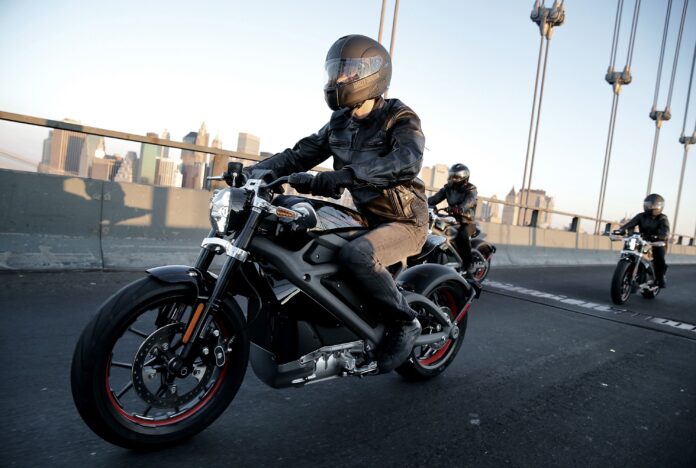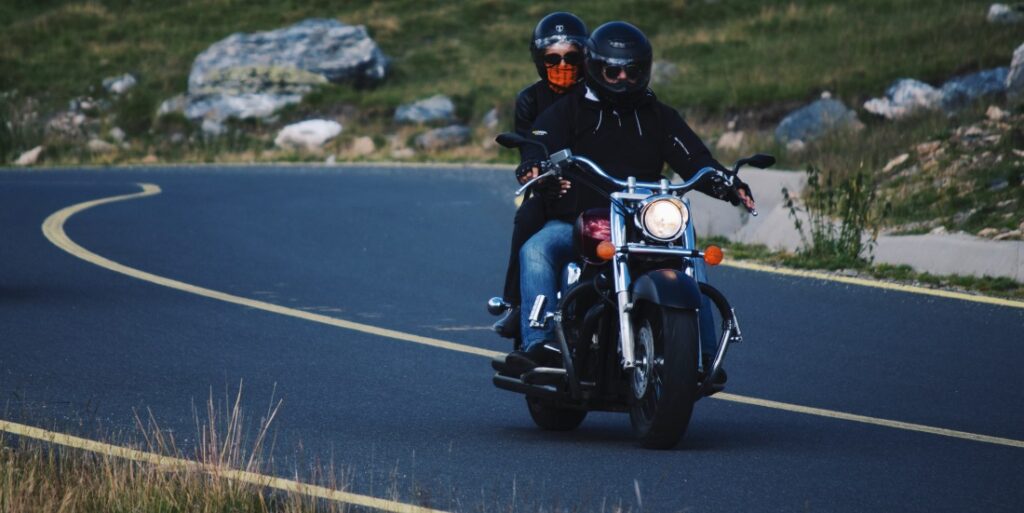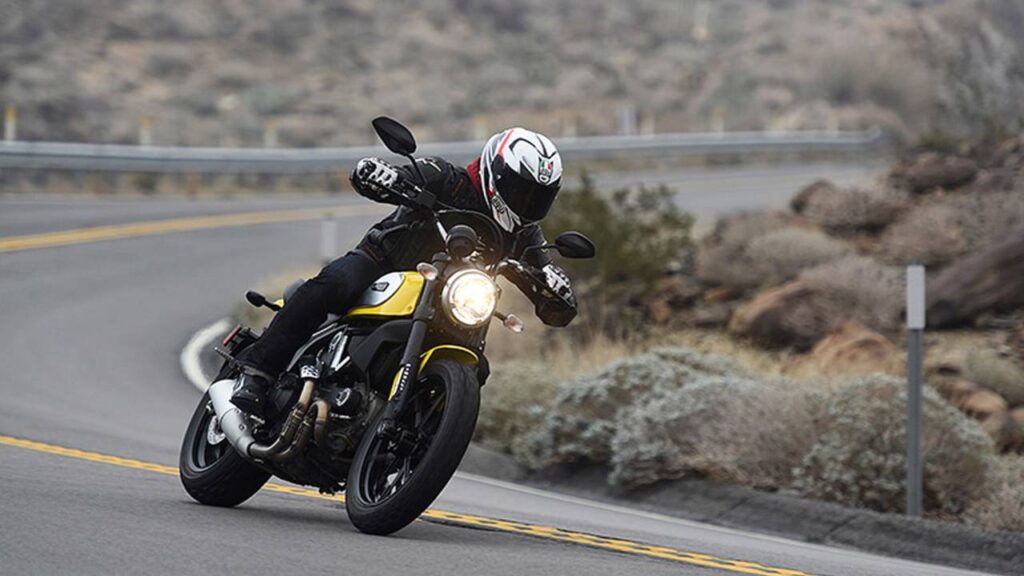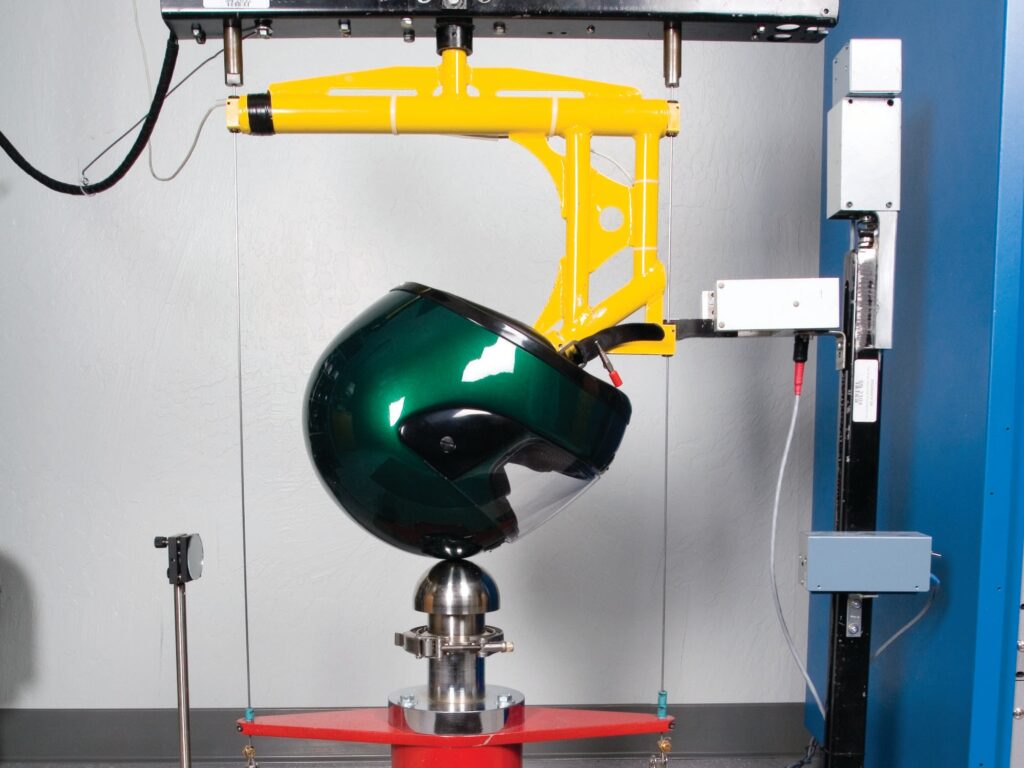
You might be one of the millions of Americans out there who’s a licensed motorcycle rider. More people seem interested in motorcycle riding these days, and it’s not hard to see why. Motorcycle riding is a fun hobby as well as a transportation form.
However, it can be dangerous. Many people suffer severe injuries every year while operating a motorcycle or while they’re a passenger. If you insist on riding or you’re a passenger on one of these fast-moving machines, you should wear a helmet.
If you’re unsure whether helmets even make that much of a difference, rest assured, they do. We’ll talk in this article about some of the different tests motorcycle helmets need to pass. We’ll also break down the difference between crashes without helmets versus ones where the operator or passenger decided to wear one.
How Much of a Difference Does a Helmet Make, Anyway?

You might scoff when someone tells you to wear a helmet. Maybe you fancy yourself an outlaw, the King or Queen of the Open Road.
An outlaw streak is precisely why some people get into motorcycle riding. If that sounds like you, then you might eschew helmet-wearing because you want to prove how much of a rebel you are.
You can still be a rebel and wear a helmet, though. Even if you don’t want to do it for yourself, you might think about a spouse or significant other who’s waiting for you back home. You could think about your kids.
As the George Salinas Law Offices state on their website, while many motorcycle riders prefer not wearing a helmet, there’s “documented proof that wearing a helmet saves lives.” If you roll your motorcycle and hit your head, you can suffer a TBI. Traumatic brain injuries are almost always significantly worse if you didn’t protect your head at all.
What Exactly is a TBI?

TBI is shorthand for a traumatic brain injury. For instance, a doctor would consider a concussion to be a TBI.
The Center for Disease Control says that a helmet can prevent 37% of motorcycle-related roadway deaths. Even if you don’t die in a motorcycle accident, though, wearing a helmet might mean you can resume your normal life versus being in a coma or losing your short-term memory.
You might also deal with nausea if you sustain a TBI. You might have frequent debilitating headaches, vomiting, mood swings, or depression.
What Tests Does a Helmet Need Before You Can Buy It?

The US Department of Transportation is the entity that determines whether motorcycle helmets are safe to use and will protect you suitably. Your helmet might have to go through a face shield protection test. This test determines whether the helmet keeps your face safe from projectile damage, such as insects, pebbles, and other debris that could fly toward you.
The shell penetration test is another one. This is similar to the face shield protection test, but the tester determines whether the rest of the helmet offers suitable debris protection.
There’s the chin bar test. This tests whether the chin bar will remain in place if there’s a sudden impact while you’re riding. The dynamic retention test is similar. It determines whether chin straps will stay in place during a crash.
There’s the positional stability test, which some testers call the roll-off test. This is usually several tests in one. They all determine whether a helmet will stay on the rider’s head either while they’re riding or if there’s a crash.
The impact test is usually the most critical one. It determines how much force a helmet can take as it protects the rider. The tester will conduct the test on various surfaces, simulating crashes at different speed rates.
If the helmet can stand up to all of these, the tester approves it for mass-market use. You can feel a lot better about any helmet you buy this way since you know how extensive this process is.
Are There Helmets that Don’t Pass the US Department of Transportation Standard?

You might find helmets that don’t say on the packaging that they’re US Department of Transportation-approved. For instance, there are plenty of “novelty” helmets. These are ones that might have Viking horns on them or all manner of other decorations or flashy paint jobs.
These helmets look like fun, but you have no way to tell how rigorously any entity tested them. Some of them might provide some protection, or they might be like wearing almost nothing if you get in a high-speed collision.
What you should understand is that most cops aren’t going to bother pulling you over on your motorcycle to check how secure your helmet is or what entity tested it. In fact, in many states, you don’t legally need a helmet that conforms to any specifications.
Many states do have helmet laws, but it’s not often you’ll see cops enforcing them. They usually feel like they have other things to worry about besides running down rebellious bikers unless you’re exceeding the speed limit enough to attract their attention.
The takeaway from this is that you’re the one who’s primarily responsible for your safety. That means not only wearing a helmet but selecting the one that’s going to provide you maximum protection.
When you look for helmets, try to find one that you know has gone through rigorous testing. Make sure that it fits snug on your head. If it’s too loose, it’s not going to do you much good.
Consider getting one with a face shield since there’s a world of bugs and gravel out there. Look at the inside cushioning, particularly if you’re planning a cross-country trip and you’re going to wear this helmet multiple hours each day.
If you don’t want to think about yourself when you hop on your motorcycle, think of your loved ones. They might love you because you’re a rebel, but they won’t want to lose you because you stubbornly refused to wear a helmet.














